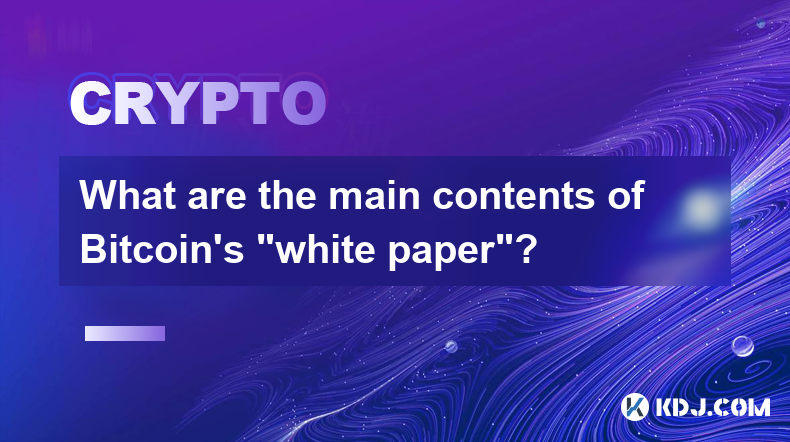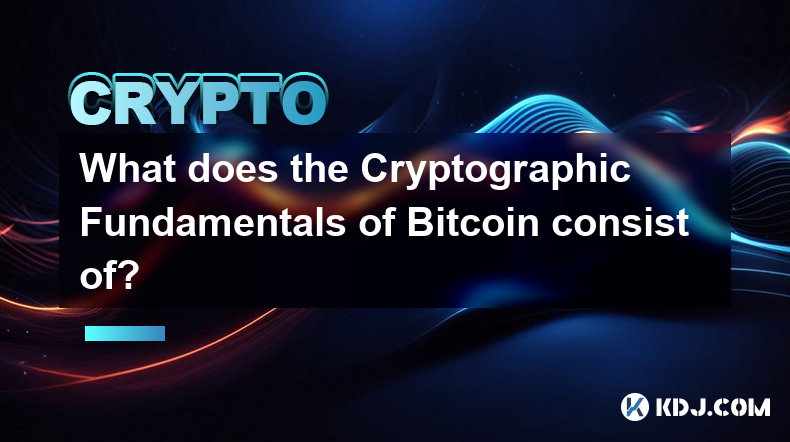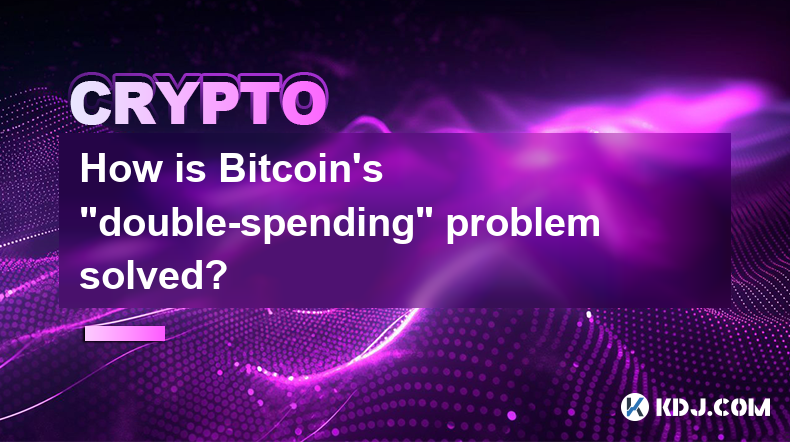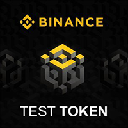-
 Bitcoin
Bitcoin $96,625.0892
1.48% -
 Ethereum
Ethereum $2,763.6339
4.96% -
 XRP
XRP $2.5786
1.82% -
 Tether USDt
Tether USDt $1.0001
0.11% -
 BNB
BNB $669.9455
4.25% -
 Solana
Solana $172.8187
3.18% -
 USDC
USDC $1.0000
0.01% -
 Dogecoin
Dogecoin $0.2466
4.66% -
 Cardano
Cardano $0.7778
3.37% -
 TRON
TRON $0.2367
-0.09% -
 Chainlink
Chainlink $17.7893
3.52% -
 Avalanche
Avalanche $25.8720
7.98% -
 Sui
Sui $3.4011
5.13% -
 Stellar
Stellar $0.3350
4.01% -
 Litecoin
Litecoin $126.6140
0.10% -
 Shiba Inu
Shiba Inu $0.0...01569
5.53% -
 Toncoin
Toncoin $3.7019
4.95% -
 Hedera
Hedera $0.2174
5.12% -
 UNUS SED LEO
UNUS SED LEO $9.7251
-0.08% -
 Hyperliquid
Hyperliquid $24.8902
1.30% -
 Polkadot
Polkadot $5.0645
1.32% -
 MANTRA
MANTRA $7.5624
-0.03% -
 Bitcoin Cash
Bitcoin Cash $321.3298
3.34% -
 Bitget Token
Bitget Token $4.9363
5.44% -
 Ethena USDe
Ethena USDe $0.9995
0.20% -
 Uniswap
Uniswap $8.9999
4.11% -
 Dai
Dai $1.0002
0.05% -
 Monero
Monero $234.5119
2.63% -
 NEAR Protocol
NEAR Protocol $3.4727
7.50% -
 Pepe
Pepe $0.0...09661
6.57%
how to run your own ethereum node
Running your own Ethereum node empowers you with enhanced security, privacy, and autonomous data management, enabling direct interaction with the blockchain in real-time.
Oct 22, 2024 at 05:11 am

How to Run Your Own Ethereum Node
Running your own Ethereum node allows you to connect directly to the blockchain and interact with it in real-time. This can be beneficial for a number of reasons, including increased security, privacy, and control over your own data.
Prerequisites
Before you can run your own Ethereum node, you will need the following:
- A computer with at least 8GB of RAM and 250GB of free disk space
- A stable internet connection
- The Ethereum software client (Geth or Parity)
Step 1: Install the Ethereum Software Client
Once you have the necessary prerequisites, you can install the Ethereum software client. There are two main options: Geth and Parity. Geth is the official Ethereum client, while Parity is a more advanced client with a number of additional features.
To install Geth, use the following command:
brew install gethTo install Parity, use the following command:
brew install parityStep 2: Initialize the Blockchain
Once you have installed the Ethereum software client, you need to initialize the blockchain. This will download a copy of the entire Ethereum blockchain to your computer.
To initialize the blockchain with Geth, use the following command:
geth init --datadir To initialize the blockchain with Parity, use the following command:
parity --config Step 3: Start the Node
Once the blockchain has been initialized, you can start the node.
To start the node with Geth, use the following command:
gethTo start the node with Parity, use the following command:
parityStep 4: Connect to the Node
Once the node is running, you can connect to it using a web3 provider. There are a number of different web3 providers available, but the most popular is MetaMask.
To connect to the node with MetaMask, follow these steps:
- Open MetaMask and click on the "Settings" tab.
- Click on the "Networks" tab.
- Click on the "Add Network" button.
Enter the following information:
- Network Name: Custom RPC
- New RPC URL: http://localhost:8545
- Chain ID: 1
- Currency Symbol: ETH
- Block Explorer URL: https://etherscan.io
- Click on the "Save" button.
You should now be able to connect to your Ethereum node using MetaMask.
Conclusion
Running your own Ethereum node can be a great way to improve your security, privacy, and control over your own data. By following the steps outlined in this article, you can easily set up your own Ethereum node and start interacting with the blockchain directly.
Disclaimer:info@kdj.com
The information provided is not trading advice. kdj.com does not assume any responsibility for any investments made based on the information provided in this article. Cryptocurrencies are highly volatile and it is highly recommended that you invest with caution after thorough research!
If you believe that the content used on this website infringes your copyright, please contact us immediately (info@kdj.com) and we will delete it promptly.
- DOGEai, TST, and BROCCOLI Are the Meme Coins Drawing Attention This Week
- 2025-02-23 05:00:25
- Bitcoin Mining Difficulty Will Drop In Upcoming Adjustment
- 2025-02-23 05:00:25
- Non-Custodial Banking: The Future of Finance Is Now
- 2025-02-23 04:50:25
- FINANCE REXAS (RXS): A PROMOTTE BASE PER LA CRESCITA FUTURA
- 2025-02-23 04:50:25
- Robert Kiyosaki Predicts 'Giant Crash' of Stocks, Bonds, Real Estate, Gold, Silver and Bitcoin, but Says BTC Will Recover First
- 2025-02-23 04:50:25
- XRP Price Eyes Recovery After 15.63% Drop, But Investors Choose Web3Bay’s $1.50M Presale
- 2025-02-23 04:50:25
Related knowledge

What are the long-term investment risks of Bitcoin?
Feb 22,2025 at 05:30pm
Key PointsVolatility and price fluctuationsRegulatory uncertaintySecurity risksCompetition from altcoinsMarket manipulation and scamsTransaction feesEnvironmental concernsLong-Term Investment Risks of BitcoinVolatility and Price FluctuationsBitcoin's high volatility is a double-edged sword. While it has the potential to generate substantial returns, it ...

What are the main contents of Bitcoin's "white paper"?
Feb 21,2025 at 04:36am
Key Points:Understanding Bitcoin's Genesis: The White Paper's IntroductionA Decentralized Digital Currency: Bitcoin's Core ConceptBlockchain Technology: The Foundation of Bitcoin's Immutable LedgerProof-of-Work: Securing Bitcoin's NetworkThe Design of Bitcoin's Currency: Issuance, Scarcity, and DivisibilityBitcoin's Potential Applications and Future Pro...

How does Bitcoin's distributed ledger ensure consistency?
Feb 22,2025 at 10:06pm
Key Points:Bitcoin employs a distributed ledger, also known as a blockchain, to maintain a tamper-proof and consistent record of transactions.The blockchain is a decentralized network of computers that collectively validate and store transaction data.Bitcoin's distributed ledger ensures consistency through consensus mechanisms and cryptographic algorith...

What does the Cryptographic Fundamentals of Bitcoin consist of?
Feb 21,2025 at 12:06pm
Key PointsUnderstanding the cryptographic algorithms used in BitcoinFamiliarization with the Bitcoin blockchain and its underlying mechanicsExamination of the security measures that protect Bitcoin from attackAnalysis of the decentralized nature of Bitcoin and its implicationsDiscussion of the scalability and transaction fee issues associated with Bitco...

What is Bitcoin's relationship with blockchain technology?
Feb 22,2025 at 07:00pm
Bitcoin's Intertwined Relationship with Blockchain TechnologyKey Points:Definition of blockchain technology and its decentralized natureBitcoin's utilization of blockchain for secure and immutable transactionsThe role of blockchain in verifying and confirming transactionsEvolution of blockchain technology beyond Bitcoin's cryptocurrency applicationsUnde...

How is Bitcoin's "double-spending" problem solved?
Feb 23,2025 at 02:54am
Key Points:The double-spending problem refers to the potential for a digital currency transaction to be reversed, allowing the same funds to be spent multiple times.Bitcoin solves this problem through the use of a decentralized blockchain, a public ledger that records all transactions permanently and securely.The immutability and transparency of the blo...

What are the long-term investment risks of Bitcoin?
Feb 22,2025 at 05:30pm
Key PointsVolatility and price fluctuationsRegulatory uncertaintySecurity risksCompetition from altcoinsMarket manipulation and scamsTransaction feesEnvironmental concernsLong-Term Investment Risks of BitcoinVolatility and Price FluctuationsBitcoin's high volatility is a double-edged sword. While it has the potential to generate substantial returns, it ...

What are the main contents of Bitcoin's "white paper"?
Feb 21,2025 at 04:36am
Key Points:Understanding Bitcoin's Genesis: The White Paper's IntroductionA Decentralized Digital Currency: Bitcoin's Core ConceptBlockchain Technology: The Foundation of Bitcoin's Immutable LedgerProof-of-Work: Securing Bitcoin's NetworkThe Design of Bitcoin's Currency: Issuance, Scarcity, and DivisibilityBitcoin's Potential Applications and Future Pro...

How does Bitcoin's distributed ledger ensure consistency?
Feb 22,2025 at 10:06pm
Key Points:Bitcoin employs a distributed ledger, also known as a blockchain, to maintain a tamper-proof and consistent record of transactions.The blockchain is a decentralized network of computers that collectively validate and store transaction data.Bitcoin's distributed ledger ensures consistency through consensus mechanisms and cryptographic algorith...

What does the Cryptographic Fundamentals of Bitcoin consist of?
Feb 21,2025 at 12:06pm
Key PointsUnderstanding the cryptographic algorithms used in BitcoinFamiliarization with the Bitcoin blockchain and its underlying mechanicsExamination of the security measures that protect Bitcoin from attackAnalysis of the decentralized nature of Bitcoin and its implicationsDiscussion of the scalability and transaction fee issues associated with Bitco...

What is Bitcoin's relationship with blockchain technology?
Feb 22,2025 at 07:00pm
Bitcoin's Intertwined Relationship with Blockchain TechnologyKey Points:Definition of blockchain technology and its decentralized natureBitcoin's utilization of blockchain for secure and immutable transactionsThe role of blockchain in verifying and confirming transactionsEvolution of blockchain technology beyond Bitcoin's cryptocurrency applicationsUnde...

How is Bitcoin's "double-spending" problem solved?
Feb 23,2025 at 02:54am
Key Points:The double-spending problem refers to the potential for a digital currency transaction to be reversed, allowing the same funds to be spent multiple times.Bitcoin solves this problem through the use of a decentralized blockchain, a public ledger that records all transactions permanently and securely.The immutability and transparency of the blo...
See all articles

















































































